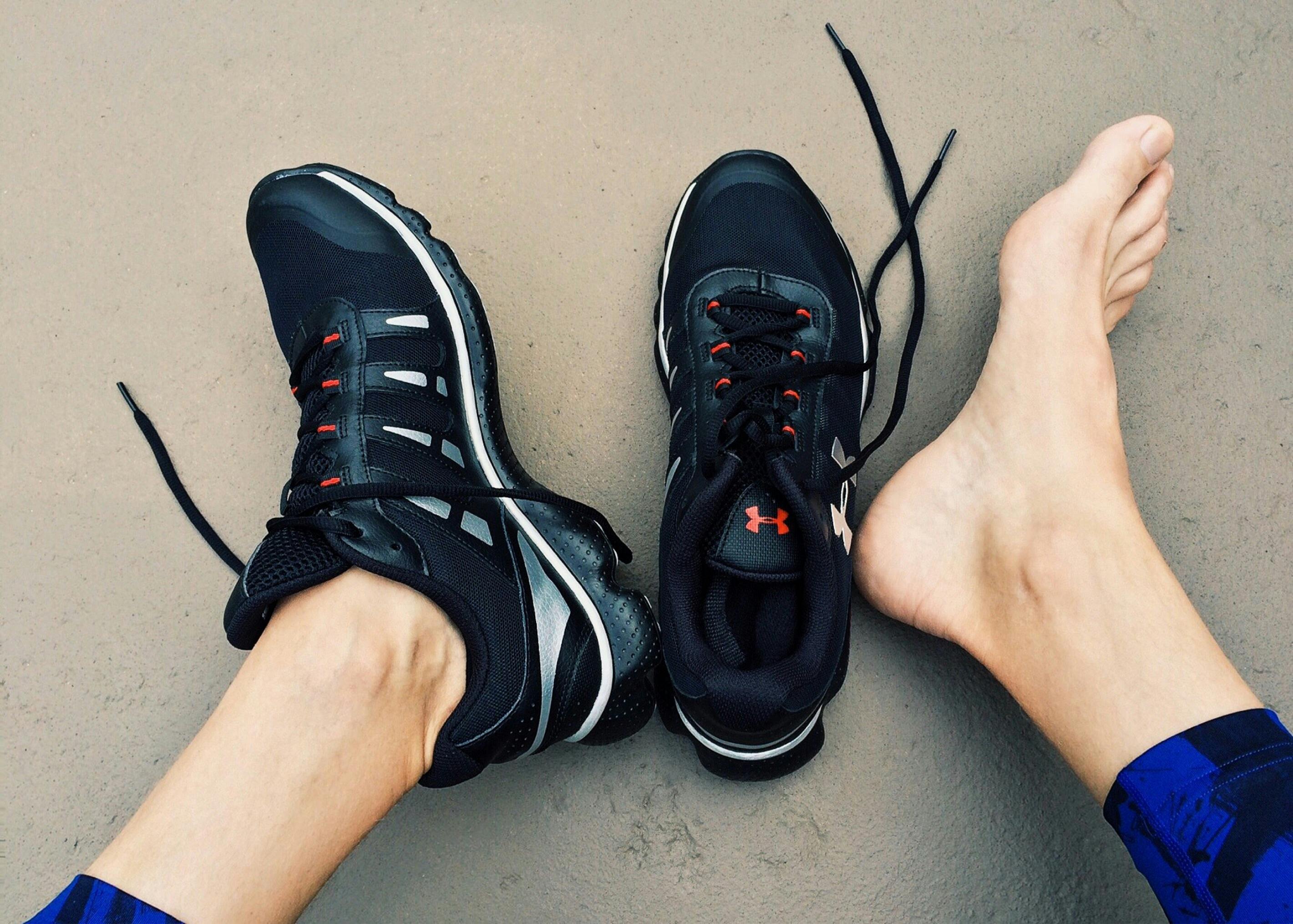
Managing Soft Tissue Injuries: Embrace PEACE and LOVE
For years, the R.I.C.E. method—Rest, Ice, Compression, Elevation—has been the go-to protocol for managing acute injuries. Whether you twisted an ankle during a game of netball or pulled a muscle while jogging, R.I.C.E. was the acronym everyone remembered. However, recent research has given rise to more effective methods for injury recovery: PEACE and LOVE. Let’s dive into these updated approaches and learn why they are making waves in the world of podiatry and sports medicine.
The Limitations of R.I.C.E.
Before we jump into the new methods, it’s important to understand why R.I.C.E. is falling out of favour. While it can help reduce immediate pain and swelling, R.I.C.E. might not always support long-term healing. Prolonged rest can lead to stiffness and delayed recovery, and icing might inhibit the natural inflammatory process necessary for healing.
Introducing PEACE and LOVE
The PEACE and LOVE methods focus on promoting movement and a holistic approach to recovery. They emphasize listening to your body and taking active steps towards rehabilitation. Here’s a breakdown of what each acronym stands for:
PEACE: Immediate Care
· Protect: Right after an injury, it’s crucial to protect the area. Limit movement for 1-3 days to prevent further damage. However, avoid complete rest as prolonged inactivity can weaken the tissue. Use pain as a guide to gradually resume activity.
· Elevate: Elevate the injured limb above your heart to reduce swelling. While evidence supporting this is weak, it poses minimal risk and can help fluid drainage.
· Avoid Anti-inflammatory Modalities: Inflammation is part of the body’s natural healing process. Avoid anti-inflammatory medications as they might hinder long-term recovery. Similarly, ice, though popular, lacks strong evidence for effectiveness and may interfere with healing.
· Compress: Apply compression with bandages or tape to control swelling and bleeding. Though studies show mixed results, it often helps improve comfort and function.
· Educate: Education is key. Understand the benefits of an active recovery. Passive treatments like electrotherapy or manual therapy offer limited benefits and can promote dependency. Instead, focus on learning about your condition and how to manage it actively.
LOVE: Long-term Management
· Load: Introduce movement and exercise as soon as it’s comfortable. This helps tissue repair and strengthens the injured area. Mechanical stress from loading promotes remodeling and increases tissue tolerance.
· Optimism: Stay positive! Optimistic outlooks can significantly improve recovery outcomes. Negative emotions like fear and depression can slow down your healing process.
· Vascularization: Engage in pain-free aerobic exercises a few days post-injury. This boosts blood flow to the injured area and enhances motivation. Early mobilization supports physical function and reduces the need for pain medications.
· Exercise: Exercise is vital for rehabilitation. Start with gentle movements to restore mobility, strength, and proprioception. Gradually increase intensity, but always avoid pain to ensure proper healing.
Why PEACE and LOVE Work Better
The LOVE and PEACE methods encourage active participation in your recovery. They promote gentle movement, which helps maintain muscle strength and flexibility, prevents stiffness, and improves circulation—all crucial for effective healing. By staying optimistic and educated, you’re more likely to adhere to a rehabilitation plan and make informed decisions about your treatment
Tips for Implementing PEACE and LOVE
- Listen to Your Body: Pay attention to pain signals and avoid pushing through discomfort.
- Stay Active: Engage in low-impact activities that keep you moving without aggravating the injury.
- Seek Professional Guidance: Consult a podiatrist to develop a personalized recovery plan.
- Stay Positive: Focus on your progress, no matter how small, and maintain a hopeful outlook.
Final Thoughts
Shifting from R.I.C.E. to PEACE and LOVE represents a significant evolution in injury management. By embracing the new science, you can enhance your recovery, prevent long-term issues, and get back on your feet—literally and figuratively—more effectively. Remember, the path to healing is not just about resting and waiting but actively participating in your recovery.
So, next time you find yourself nursing an injury, give yourself some PEACE and show yourself some LOVE. Your feet (and the rest of your body) will thank you!
Tell us what you need:
Got questions or need an appointment? For personalised injury management and recovery plans, reach out to North Star Podiatry. We’ll keep you moving towards a healthier, more active life!
Complete our online form to make an appointment with a skilled podiatrist. Or you can call or message us, if you prefer.
Further Reading:
Bleakley CM, Glasgow P, MacAuley DC. PRICE needs updating, should we call the POLICE? Br J Sports Med . 2012;46:220–221
Crystal NJ, Townson DH, Cook SB, LaRoche DP. Effect of cryotherapy on muscle recovery and inflammation following a bout of damaging exercise. Eur J Appl Physiol . 2013;113:2577–2586
Dubois, B., & Esculier, J.-F. (2019). Soft-tissue injuries simply need PEACE and LOVE. British Journal of Sports Medicine.
